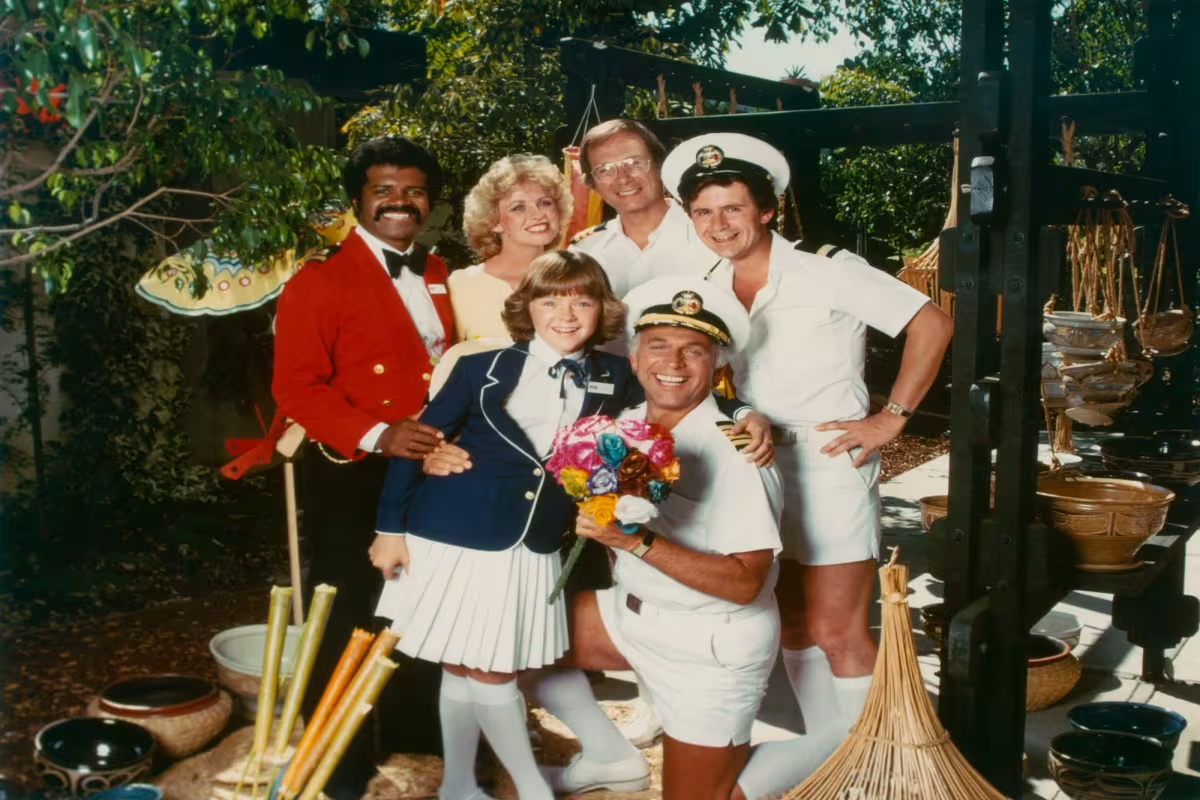
SHERIDAN, WYOMING – Feb. 18, 2025 – From humble steam-powered beginnings to the mega-liners of today, the cruise industry has undergone a dramatic transformation. The market's growth has been nothing short of phenomenal. In 1970, an estimated 500,000 people embarked on cruise holidays. By 1997, that number had skyrocketed to five million. What fueled this surge in popularity? Industry experts point to a certain television show with an undeniably catchy theme tune.
The Impact of "The Love Boat"
"Come aboard, we’re expecting you!" These iconic lyrics heralded the arrival of "The Love Boat," a series produced by television legend Aaron Spelling. Debuting in 1977, the show enjoyed a decade-long run, becoming one of the most successful programs in television history. Still available on streaming platforms like Paramount Plus, "The Love Boat" partnered with Princess Cruises, filming episodes aboard various Princess Cruise ships, most notably the Pacific Princess and Island Princess.
A Masterclass in Product Placement
"The Love Boat" centered around the adventures of the crew and passengers aboard a luxury cruise ship. Based on a non-fiction book by former cruise director Jeraldine Saunders, the show followed Captain Merrill Stubing (played by Gavin MacLeod) and his crew, while guest actors portrayed different passengers each episode. The show, which inspired several spin-offs, has been called “the greatest product placement” ever, introducing the concept of cruising to countless viewers.
"The Love Boat" and the Rise of Cruising
“‘The Love Boat’ really created the cruise industry,” Michael L. Grace, a scriptwriter on the program during the 1980s, told CNN Travel in 2022. “Because you had 50 million people watching, and they all wanted to go on a cruise.” The show provided a weekly glimpse into the glamorous world of cruising, showcasing the onboard amenities, exotic destinations, and the romantic escapades of passengers and crew. It demystified cruising for a vast audience, making it seem accessible and appealing.
From TV Screen to Real-Life Adventure
The partnership with Princess Cruises was a stroke of genius. Viewers saw the actual ships, the ports of call, and the luxurious experience firsthand. This integration of entertainment and advertising proved incredibly effective. "The Love Boat" didn't just tell viewers about cruising; it showed them. This immersive approach sparked a desire in viewers to experience the "Love Boat" lifestyle for themselves.
The Legacy of "The Love Boat"
While the show went off the air in 1986, its impact on the cruise industry remains significant. It played a pivotal role in transforming cruising from a niche vacation choice to a mainstream travel option. The show's positive portrayal of cruising, combined with its wide reach, created a surge in demand that the industry was ready to meet.
The Cruise Industry Today
Today, the cruise industry is a multi-billion dollar business, offering a vast array of cruise options, from short weekend getaways to around-the-world voyages. Mega-ships boast incredible amenities, including multiple restaurants, swimming pools, casinos, and even water parks. The destinations are as diverse as the ships themselves, spanning the globe from the Caribbean to Alaska, the Mediterranean to the South Pacific.
A Lasting Influence
While many factors have contributed to the growth of the cruise industry, the influence of "The Love Boat" cannot be overstated. It captured the public's imagination and made cruising a desirable and attainable vacation. The show's legacy continues to shape the industry today, reminding us of the power of entertainment to influence consumer behavior and transform entire industries. "The Love Boat" didn't just set sail on television; it set sail on a journey that would forever change the cruise industry.
For more information visit.